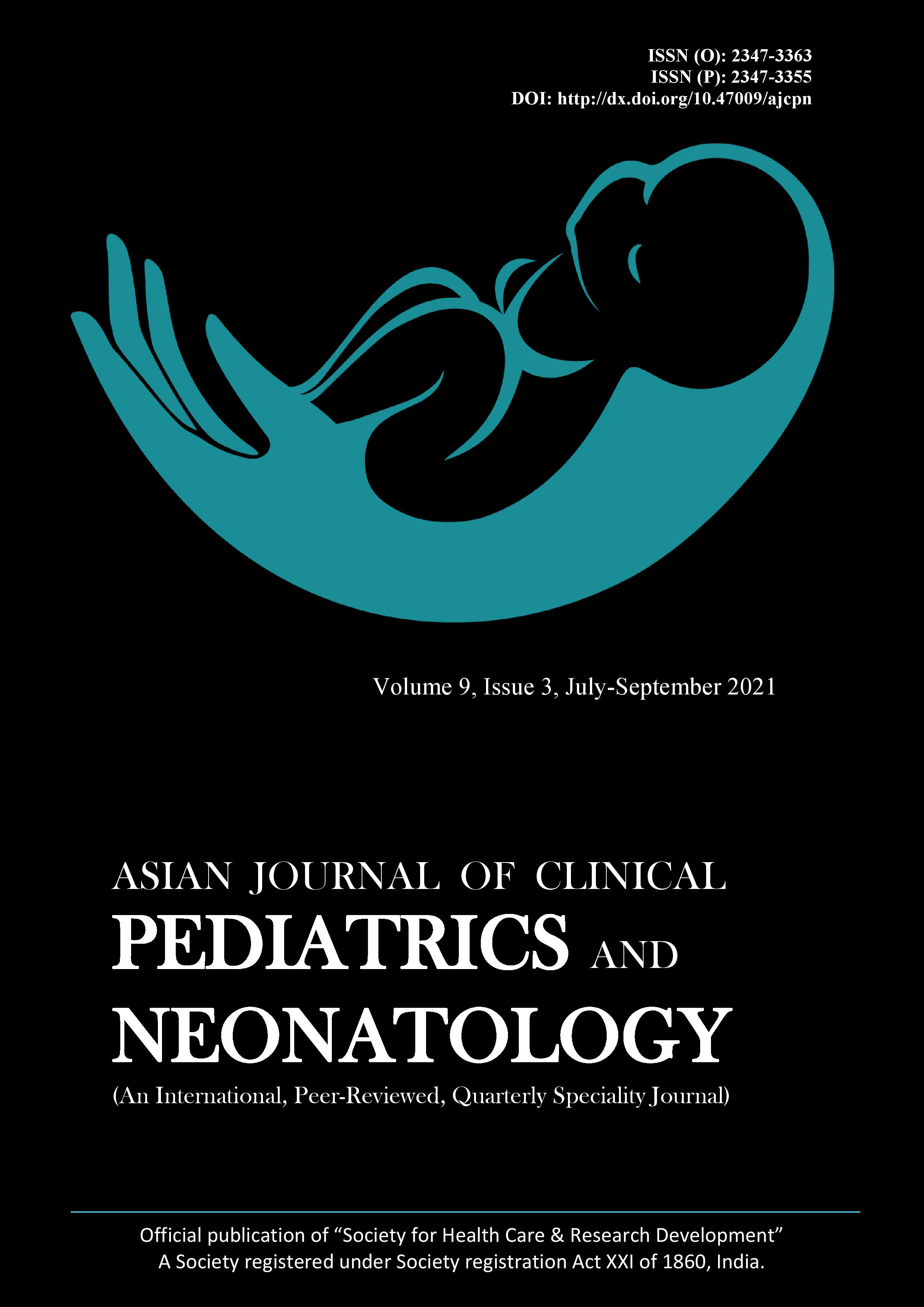Referral Rates of Transient Evoked Otoacoustic Emission and Distortion Product Otoacoustic Emission in Neonatal Hearing Screening: Two-step Protocol in Chennai
Neonatal Hearing Screening
Abstract
Background: The present study is aimed at finding the referral rates in Transient Evoked Otoacoustic Emission (TEOAE) and Distortion Product Otoacoustic Emission (DPOAE) in well- born and high-risk infants, using two-step hearing screening protocol with TEOAE and DPOAE, and to compare and contrast the referral rates in the first screening. Subjects and Methods: A prospective study design was carried out on 404 neonates (808 ears) who were screened between June 2019 and February 2021 at Voluntary Health Services, Chennai. All subjects were randomly selected with inclusion and exclusion criteria. All newborns were screened with both TEOAE and DPOAE. Pass and refer were tabulated to calculate the referral rates and Chi-square test was done to find the significance between the groups. Results: Among 404 (100%) neonates screened, 364 (90.14%) were well-born and 40 (9.90%) were high-risk babies. The total referral rate for TEOAE was 88 (10.90%) among which 77 (21.15%) were well-born babies and 11 (27.50 %) were high-risk infants. Total referral rate in DPOAE was 91 (11.27%) among which 75 (20.06%) were well-born and 16 (40%) were high-risk infants. Statistical analysis revealed no significant difference between the groups (p=0.000). Conclusion: TEOAE is a rapid test with low referral rates and more acceptability. DPOAE, with greater sensitivity, frequency specificity and better SNR, is more accurately used for infants with high-risk registers. Both the OAEs can be used for all the infants as a screening procedure in a two-step protocol.
Downloads
Copyright (c) 2021 Author

This work is licensed under a Creative Commons Attribution 4.0 International License.






